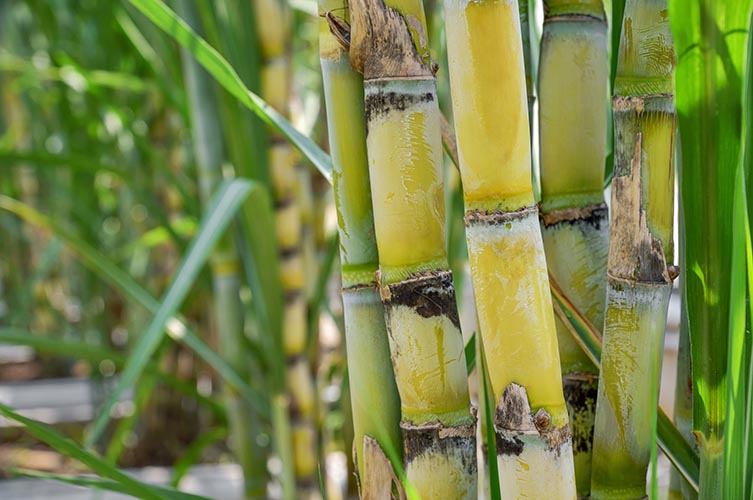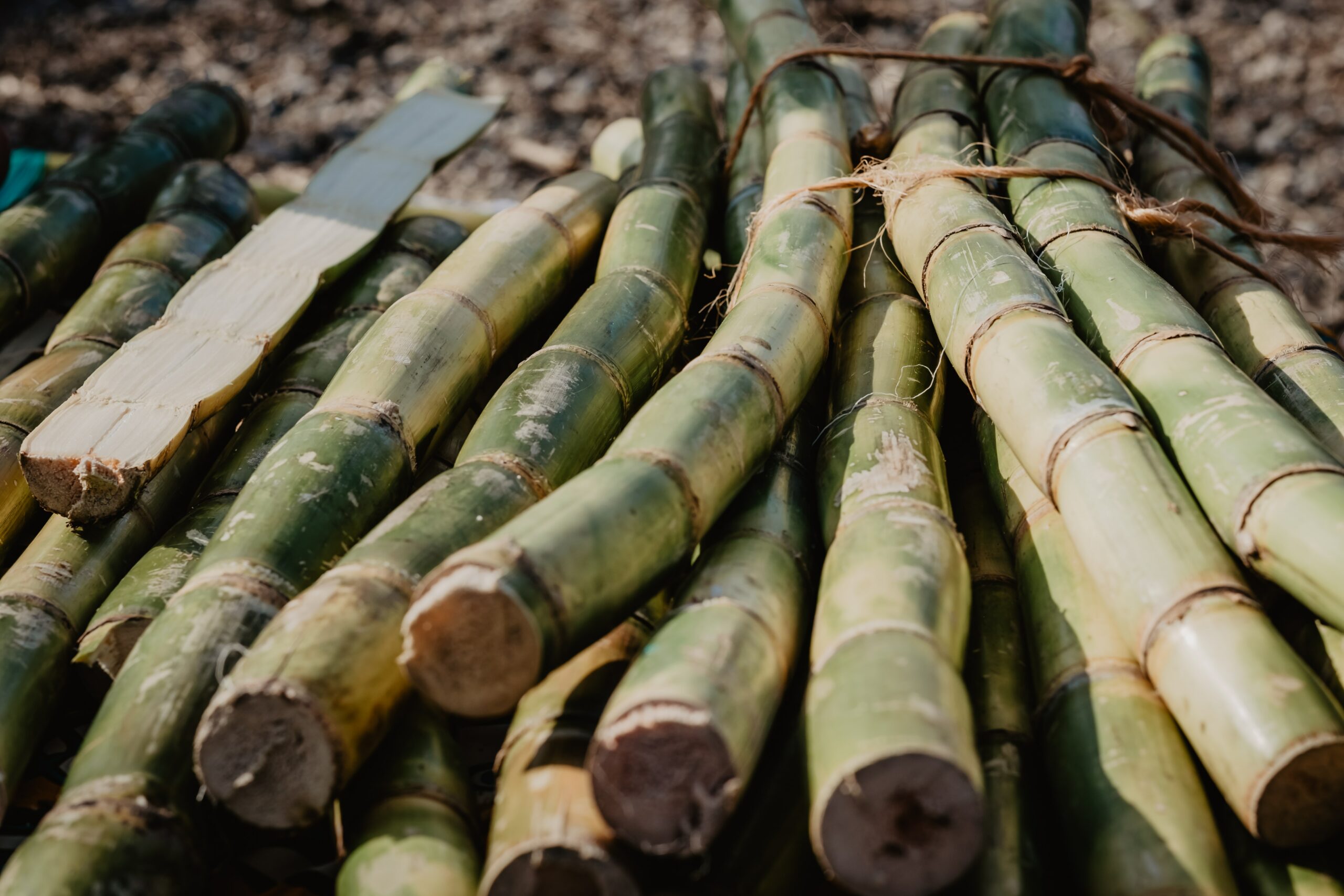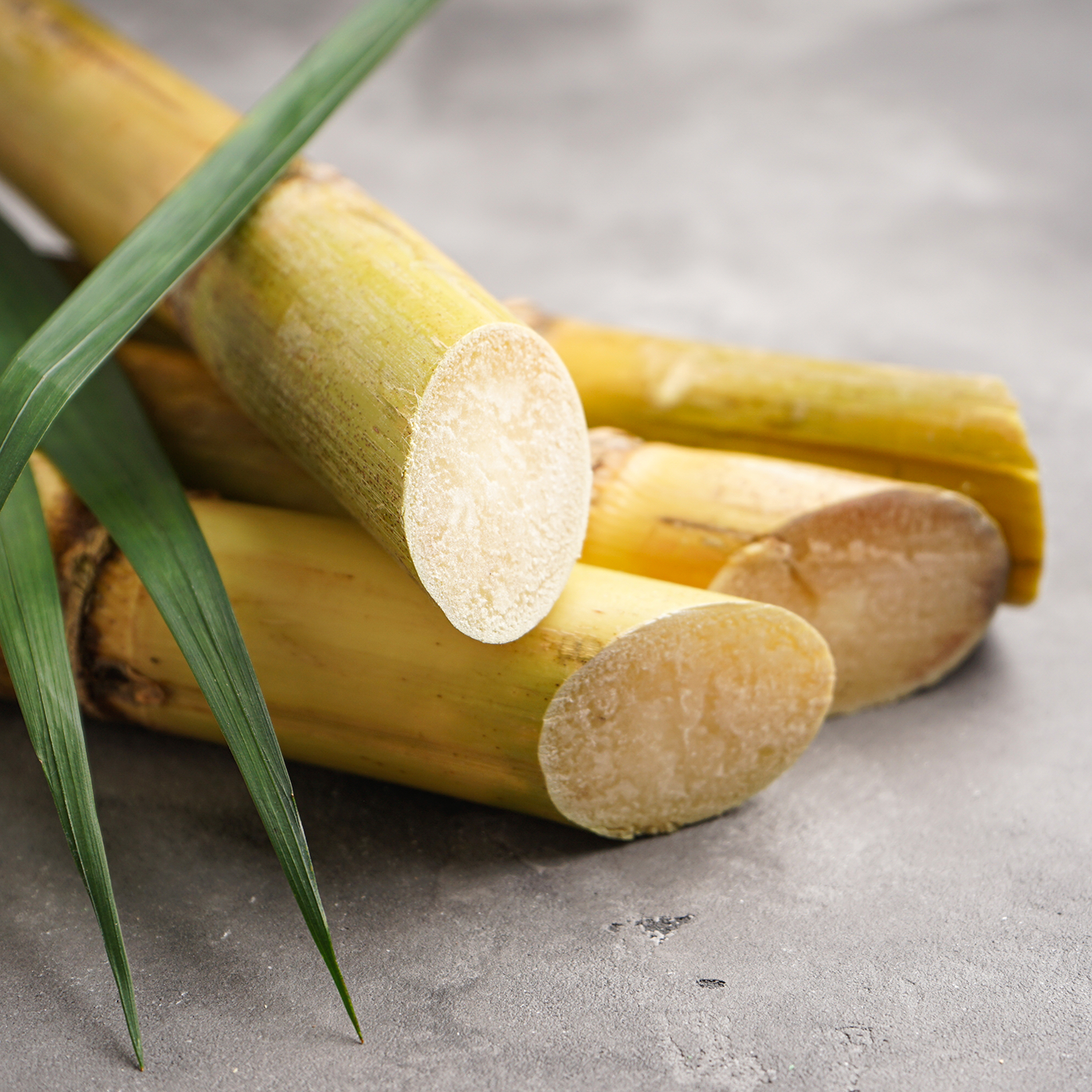All About Sugar Canes: What Are Sugar Canes Used For and Their Function in Worldwide Agriculture?
Sugar walking canes function as a foundation of international agriculture, mainly identified for their duty in sugar manufacturing. They also contribute to the creation of byproducts like molasses and ethanol. These elements not just support different sectors yet additionally influence economic stability in country regions. However, the farming of sugar walking canes faces considerable environmental challenges. Understanding their diverse function triggers more exploration into their agricultural techniques and sustainability efforts.
The Agricultural Process of Sugar Walking Stick Cultivation
Although sugar walking stick growing may differ by area, the essential farming procedure continues to be consistent. The very first action entails selecting high-yielding selections suitable for neighborhood climates. Prep work of the dirt is necessary, commonly needing tillage and the addition of plant foods to improve fertility. Growing normally takes place during the wet season, with farmers making use of either whole stalks or cuttings to develop brand-new crops.As the plants grow, they call for diligent treatment, including weed control, pest administration, and irrigation, relying on the environmental problems. Farmers keep an eye on the sugar walking cane's development cycle, which usually extends 10 to 24 months, prior to gathering. Collecting is labor-intensive, typically conducted manually or with specialized machinery, ensuring marginal damage to the stalks. Adhering to harvest, the cane is carried to processing centers. This precise farming procedure not just sustains neighborhood economies but likewise plays a considerable duty in worldwide farming methods, contributing to food and power materials.
Sugar Production: From Cane to Crystal
The trip of sugar production starts the moment freshly collected sugar walking cane arrives at processing centers. The very first step entails washing and chopping the cane to prepare it for removal. Utilizing high-pressure rollers, the juice is drawn out from the crushed cane, resulting in a pleasant fluid recognized as sugarcane juice. This juice undertakes clarification, where contaminations are gotten rid of through the enhancement of lime and heat.Next, the made clear juice is focused by boiling it down to produce a thick syrup. This syrup is after that taken shape by cooling, enabling sugar crystals to develop. The taken shape sugar is separated from the staying syrup, called molasses, via centrifugation.Finally, the sugar crystals are cleaned and dried out, resulting in the familiar granulated sugar (What Are Sugar Canes Used For). This procedure changes raw sugar walking stick right into an item that is indispensable to various cooking and industrial applications, highlighting the value of sugar in international agriculture
Biofuels and Sugar Canes: A Lasting Future
As the world progressively looks for sustainable energy solutions, sugar walking canes have arised as a promising source for biofuels. The biomass obtained from sugar canes can be transformed right into ethanol, an eco-friendly gas choice that significantly lowers greenhouse gas emissions compared to nonrenewable fuel sources. This process not just provides a cleaner power source however also promotes energy independence for several countries.In addition, sugar walking cane growing sustains rural economic situations by producing jobs in both farming and biofuel manufacturing sectors. The use of sugar walking canes for biofuel production also urges agricultural diversity, which can enhance soil wellness and lower dependency on solitary crops. The by-products of sugar cane handling can be utilized for electrical power generation, additionally contributing to a lasting energy cycle. As nations endeavor to satisfy eco-friendly power targets, sugar walking canes are positioned to play a crucial role fit a more sustainable future in the biofuel landscape.

The Duty of Sugar Canes in Beverage Production
Sugar walking sticks play a considerable function in drink manufacturing, acting as a key component in rum and adding to the sweetness of numerous sodas. In addition, their all-natural juices are utilized in different drinks, boosting taste and allure. This adaptability highlights the importance of sugar walking canes in the worldwide drink industry.
Sugar Walking Cane in Rum
Rum manufacturing is delicately connected to the cultivation of sugar cane, a necessary plant that supplies the necessary fermentable sugars needed for fermentation. This process begins with the removal of juice from harvested sugar canes, which is after that either fermented directly or refined right into molasses. Yeast is included in transform the sugars right into alcohol, leading to a diverse range of rum styles, from light to dark varieties. The geographical area where the sugar walking stick is expanded significantly affects the flavor account of the rum, with elements such as soil kind and climate playing crucial functions. Countries like Barbados, Jamaica, and Cuba are renowned for their rum production, showing the cultural and historic relevance of sugar cane within the global drink sector.
Soft Drinks Sugar Source

Natural Juice Manufacturing Utilizes
In addition to its considerable function in soda production, sugar walking cane is also crucial in the natural juice market. The juice removed from sugar cane, called cane juice, is commemorated for its all-natural sweetness and one-of-a-kind taste account. This juice is typically taken in fresh in numerous regions, especially in exotic nations, where it is appreciated as a rejuvenating beverage. Additionally, walking cane juice works as a base active ingredient in an array of natural fruit juices and shakes, enhancing both preference and nutritional value. Its all-natural homes make it an eye-catching option to sweetening agents, interesting health-conscious consumers. Overall, sugar walking stick's adaptability in juice production emphasizes its importance in modern beverage offerings worldwide.
Developments in Sugar Walking Cane Byproducts
Advancements in sugar walking cane by-products are leading the way for sustainable services in various industries. Biofuels stemmed from sugar walking stick use an alternate energy resource, while developments in lasting product packaging are lowering dependence on typical materials. These developments highlight the versatility and capacity of sugar walking cane past its primary usage in drink manufacturing.
Biofuels From Sugar Walking Cane
How can the by-products of sugar walking cane add to lasting power services? The conversion of sugar cane right into biofuels provides an appealing method for renewable resource. By utilizing the fibrous residue, referred to as bagasse, producers can create bioethanol via fermentation processes. This bioethanol can work as a sustainable choice to fossil gas, lowering greenhouse gas emissions and dependence on non-renewable sources. Additionally, molasses, an additional result, can be fermented to generate biofuels, taking full advantage of source performance. The power created from sugar cane not only supplies a cleaner fuel source yet likewise improves the general economic feasibility of sugar production. By integrating biofuel production into their procedures, sugar walking stick sectors can play a crucial duty in advancing sustainable energy remedies around the world.
Lasting Product Packaging Solutions
Sustainable packaging services are progressively being established from sugar cane byproducts, showcasing the versatility of this farming staple. Developments such as naturally degradable plastics originated from bagasse, the coarse residue left after juice removal, are getting grip. These products supply a green alternative to standard plastics, decreasing reliance on fossil gas and reducing carbon footprints. In addition, sugar cane-based product packaging is compostable, breaking down naturally without harming the setting. Business are currently exploring these alternatives to straighten with consumer need for sustainability. As recognition of plastic contamination grows, the adoption of sugar cane-derived product packaging is expected to rise, placing sugar walking sticks as an essential player in the shift to greener packaging solutions in numerous industries.
Economic Effect of Sugar Walking Cane Farming

Although sugar walking cane farming has deep roots in numerous economies, its financial influence expands far beyond agricultural production. This crop works as a considerable source of income for countless farmers worldwide, specifically in creating nations where farming is a key livelihood. Sugar walking cane adds to regional economic climates via work production in processing, harvesting, and growing. The market also stimulates development in related markets such as transport, equipment production, and food processing.Furthermore, sugar walking cane is a principal in international trade, influencing global markets and rates. Nations that generate sugar walking cane frequently rely upon find out here exports to improve their financial stability. The by-products of sugar walking stick, such as ethanol and molasses, expand earnings streams for farmers and add value to the agricultural field. Generally, the financial implications of sugar cane farming are extensive, impacting not just farmers yet also entire neighborhoods and nationwide economies.
Environmental Factors To Consider in Sugar Cane Growing
While sugar walking stick farming plays a necessary role in lots of economic situations, it likewise raises considerable environmental problems that can not be overlooked. The extensive usage of plant foods and pesticides in sugar walking stick farming typically causes dirt destruction and water pollution. Runoff from these chemicals can pollute neighboring water bodies, damaging water ecosystems. Furthermore, the monoculture techniques common in sugar cane farming lower biodiversity, making environments extra susceptible to insects and diseases.Deforestation is another important problem, as land is typically cleared to give way for sugar vineyards, causing environment loss for wild animals and raised carbon exhausts. Additionally, the high water usage required for sugar walking cane watering can strain local water resources, especially in deserts. As international need for sugar proceeds to rise, dealing with these ecological challenges comes to be important to guarantee lasting check out this site practices in sugar walking stick growing.
Frequently Asked Inquiries
What Are the Nutritional Advantages of Sugar Walking Stick?
The dietary advantages of sugar cane largely include its high carbohydrate web content, supplying energy. Furthermore, it contains vitamins, minerals, and antioxidants that might support overall wellness, though small amounts is essential as a result of its sugar material.
Exactly How Does Sugar Walking Cane Affect Citizen Ecosystems?
Sugar cane farming can substantially influence neighborhood communities by changing land use, influencing biodiversity, and needing considerable water resources. In addition, it might result in soil deterioration and pesticide runoff, interfering with bordering environments and wild animals populaces.
What Is the History of Sugar Walking Cane Growing?

Are There Alternatives to Sugar Walking Cane for Sugar Manufacturing?
Alternatives to sugar walking stick for sugar production include sugar beets, corn, and numerous tropical plants like sorghum and agave (What Are Sugar Canes Used For). These plants use diverse resources of sweetness, each with distinctive growing demands and environmental effects
How Do Climate Patterns Influence Sugar Cane Returns?
Climate patterns substantially influence sugar cane returns through temperature variations, rains quantities, and seasonal cycles. Drought or extreme rainfall can hinder growth, while excellent problems enhance photosynthesis, eventually influencing the quantity and top quality of the harvest. The trip of sugar production starts the minute fresh collected sugar next page walking stick gets here at refining centers. The taken shape sugar is separated from the remaining syrup, understood as molasses, with centrifugation.Finally, the sugar crystals are washed and dried, resulting in the familiar granulated sugar. Rum production is delicately connected to the cultivation of sugar walking cane, an important plant that supplies the essential fermentable sugars needed for fermentation. In addition, the monoculture practices common in sugar walking stick farming decrease biodiversity, making environments extra prone to parasites and diseases.Deforestation is another important issue, as land is commonly cleared to make way for sugar plantations, leading to habitat loss for wild animals and raised carbon discharges. Alternatives to sugar cane for sugar manufacturing consist of sugar beets, corn, and numerous tropical plants like sorghum and agave.